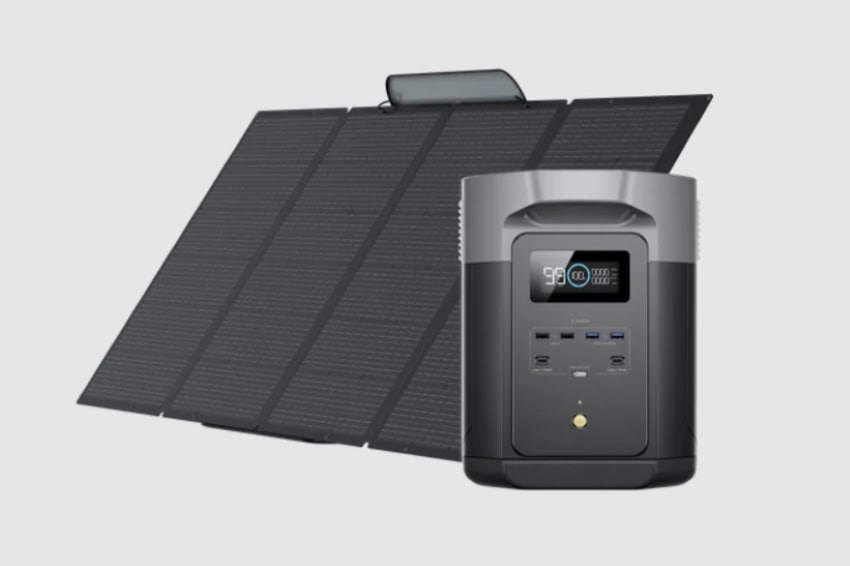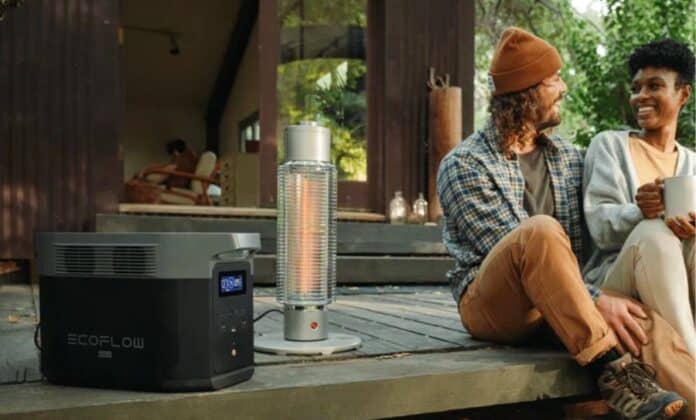Are you craving an escape into nature but can’t decide between glamping and camping? Both offer unique ways to immerse yourself in the great outdoors, but there are key differences that can make or break your experience. In this article, we’ll explore glamping vs camping, helping you understand what each entails and which one best fits your needs. From the basics of each outdoor adventure to packing essentials, we’ve got you covered.
What Is Camping?
Camping is all about getting outside and enjoying nature with just the basics. It usually consists of staying in a tent, sleeping bag, or basic shelter, and embracing a simpler way of living. Campers often engage in activities such as hiking, fishing, or sitting around a campfire. The focus is on immersing oneself in the natural environment and disconnecting from the comforts and distractions of modern life.
What Is Glamping?
Glamping, a unique combination of “glamour” and “camping,” is an upscale version of traditional camping. It offers a more luxurious and comfortable outdoor experience, often including amenities such as comfortable bedding, private bathroom facilities, air conditioning, gourmet food, and access to modern entertainment. Glamping accommodations can range from well-equipped camper vans and RVs to luxurious tents or even treehouses. The idea is to enjoy the beauty of nature without sacrificing the comforts of home.
What Is the Difference Between Glamping and Camping?
Camping and glamping both offer unique outdoor experiences, but they cater to different comfort levels. The main differences between glamping and camping include:
1. Accommodation: Camping requires bringing your own tent and setting it up in a remote location, while glamping offers pre-set accommodation such as yurts, cottages, or RVs with amenities like electricity and refrigerators.
2. Sleeping Arrangements: Campers typically sleep in sleeping bags on the ground, while glampers enjoy comfortable beds with clean sheets, sometimes under a see-through dome for stargazing.
3. Restroom Facilities: Camping may require using nature as a restroom, whereas glamping provides woodsy-themed restrooms with comfortable amenities.
4. Cooking Options: Campers often cook over an open fire, while glampers have access to fully equipped kitchens in RVs or grills and ovens in yurts and cabins.
5. Water Sources: Campers may need to find and filter water from nearby streams, while glamping accommodation usually provides filtered water sources.
6. Temperature Control: Campers regulate temperature by adjusting clothing, sleeping bags, and tent flaps, while glamping accommodations often have air conditioning and heating units.
7. Storage: Campers store supplies in their cars or hang them to keep wildlife away, while glampers have access to refrigerators and dressers in their accommodations.
8. Dining Options: Camping food is usually limited to simple meals like hot dogs and s’mores, while glamping offers a wide variety of foods thanks to refrigerators and cooking appliances.
9. Neighbors: Campers may encounter various wildlife as neighbors, while glampers have the opportunity to meet and befriend fellow glampers.
10. Proximity to Attractions: Camping often takes place in remote locations, while glamping sites may be situated closer to restaurants and attractions.
Which Outdoor Adventure Fits Your Needs: Glamping or Camping
The choice between camping vs glamping depends on personal preferences, budget, and the level of comfort desired. If you prefer a challenge and want to fully immerse yourself in nature, traditional camping may be the best fit. It requires more self-sufficiency and adaptability but offers a quite unique opportunity to disconnect from daily life.
On the other hand, if you prefer a balance between outdoor adventure and modern comforts, glamping might be more suitable. It allows you to enjoy nature while still having access to amenities and conveniences. Families with children or those new to outdoor experiences may find glamping a more approachable option.
But then again, the decision comes down to your individual goals and the type of experience you wish to have in the great outdoors.
What to Pack for Glamping or Camping
Packing for an outdoor adventure depends on your choice of a rugged camping trip or a more comfortable glamping experience. The right camping gear can make all the difference in ensuring a stress-free and enjoyable time in nature.
Packing for Glamping
When packing for glamping, consider bringing useful items that enhance comfort and convenience, such as:
• Bedding (if not provided)
• Comfortable clothing and footwear
• Toiletries and personal care items
• Food and cooking supplies (if not planning to eat out)
• Entertainment options (books, games, etc.)
• Insect repellent and sunscreen
• First-aid kit
Packing for Camping
For camping, focus on camping essentials that help you stay self-sufficient in a remote location, ensuring you have everything needed for shelter, food, and safety:
• Tent and sleeping bags
• Camping stove and fuel
• Cooking and eating utensils
• Water filtration systems or purification tablets
•Flashlights or lanterns
• Matches or a lighter
• Warm and weather-appropriate clothing
• Hiking boots or sturdy shoes
• Navigation tools (map, compass, or GPS)
• Multi-tool or knife
• Insect repellent and sunscreen
•First-aid kit
Regardless of your style of adventure, a reliable power source can enhance comfort and safety. The EcoFlow DELTA 2 Max Portable Power Station delivers off-grid energy for charging devices, running cooking equipment, and powering essential gear. With expandable capacity up to 6kWh and rapid solar or AC recharging, it’s the perfect companion for both glamping and camping.

Conclusion
Glamping vs camping—the choice is yours! Whether you prefer the luxurious comforts of modern glamping or the rustic simplicity of camping, both experiences will let you connect with nature and create unforgettable memories. By understanding the differences between glamping and camping, considering your personal preferences, and packing accordingly, you’ll be well-prepared for your next outdoor adventure. So, grab your gear and set out to embrace the beauty of the great outdoors, whichever style you choose!
FAQ
Here are some commonly asked questions about glamping vs camping.
Is glamping more expensive than camping?
In general, glamping tends to be way more expensive than traditional camping. Glamping involves more upscale amenities and comforts, such as camper vans, RVs, entertainment options, private bathrooms, air conditioning, and gourmet food. These additional features and luxuries come at a higher cost compared to basic camping gear like a simple tent and sleeping bag.
Do glamping tents have toilets?
Glamping accommodations, including tents, yurts, and cottages, often provide access to restroom facilities with comfortable amenities. Unlike traditional camping, where you may have to rely on nature for your restroom needs, glamping sites typically offer woodsy-themed restrooms with proper toilets and sometimes even showers.
How do you turn camping into glamping?
To turn camping into glamping, you can incorporate modern technology and creature comforts into your camping experience. This can include using portable electronic devices like projectors for movie nights, Bluetooth speakers for music, or handheld gaming consoles for entertainment.
Adding amenities such as air conditioning, gourmet food, or comfortable bedding can also elevate your camping trip to a glamping experience. A solar generator ensures you have reliable power for charging devices, running small appliances, and keeping lights on, allowing you to enjoy nature without sacrificing convenience.


